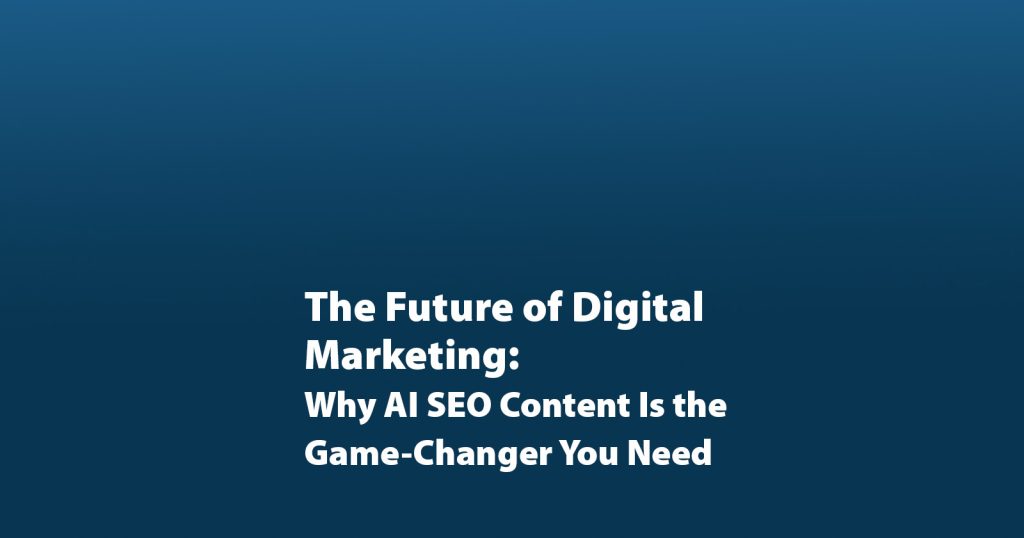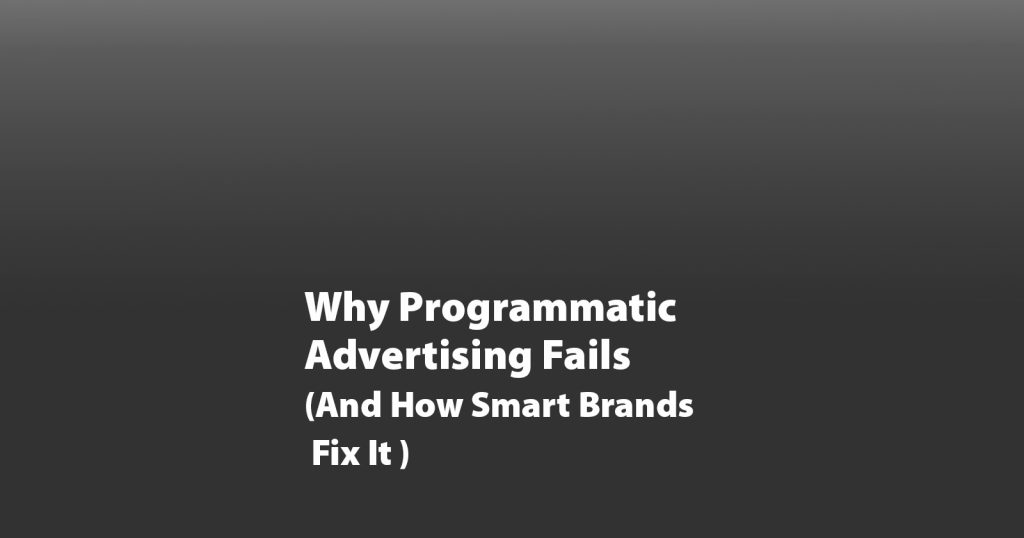DEI Marketing: The Road to Success
In the vast and ever-evolving landscape of marketing, the prominence of Diversity, Equity, and Inclusion (DEI) is on the rise. Businesses across the globe are recognizing DEI as a key component of their marketing strategies, embracing its potential to drive innovation, open new markets, and positively impact their bottom line. As a certified diverse supplier with the CGLCC, Skymattix fully endorses this approach. In this extensive guide, we dive deep into the complexities of DEI marketing and provide a roadmap for success.
1. Understanding DEI: The Cornerstone of Modern Marketing
1.1 The Essence of DEI
The DEI triad – Diversity, Equity, and Inclusion – serves as the foundation of a modern marketing approach. It is about representing, elevating, and welcoming different identities through content. It moves beyond the buzzword realm and into the sphere of strategic marketing, shaping not only how a brand is perceived, but also how it interacts with its audience.
1.2 The DEI Manifesto
Diversity is about embracing the variety of identities, backgrounds, and experiences within a community. It spans a wide spectrum, including race, ethnicity, gender identity, age, religion, disability, and much more. In the marketing context, diversity is about representing and acknowledging these differences.
Equity, while closely related to diversity, delves deeper. It focuses on providing everyone with equal opportunities and access, acknowledging and eliminating barriers that could prevent some individuals from availing these opportunities.
Lastly, Inclusion is what ties everything together. It’s more than just representation. It’s about creating a welcoming, respectful, and collaborative environment that respects and embraces the unique perspectives and backgrounds of everyone involved.
2. The Role of DEI in Marketing
Marketing is a unique field that both mirrors real-life diversity and influences its perception. DEI in marketing provides a dual advantage. It showcases the brand’s awareness of the diverse world we live in while actively celebrating it. By meeting the audience’s expectations of inclusivity, brands can cement their position in the market.
3. The Imperative of DEI in Marketing
The importance of DEI marketing goes beyond just acknowledging and responding to a diverse audience. It has far-reaching implications for a brand’s reputation, audience engagement, and financial success.
3.1 Audience Connection
Audiences crave representation and inclusivity in the content they consume. They want to see themselves reflected authentically and feel that the content was specifically designed with them in mind. A successful DEI marketing strategy demonstrates respect for these values and helps to foster a deeper connection with the audience.
3.2 Financial Impact
Brands that commit to DEI marketing often see a positive impact on their bottom line. Catering to audience expectations by providing authentic and inclusive content can significantly improve rankings and brand image. Statistics show that diversity and inclusion can bolster innovation revenue by almost 13%.
3.3 The Moral Imperative
In today’s world, prioritizing DEI marketing is not just a strategic move – it’s a moral obligation. Recognizing and embracing our differences contributes to a better world, fostering a sense of unity in diversity.
4. The Journey to Inclusive Content
Despite the clear benefits of DEI marketing, achieving perfect inclusivity is a continuous journey rather than a destination. However, there are several effective strategies that can be implemented to make your content more inclusive.
4.1 Grasping the DEI Landscape
Understanding the current discourse around DEI in marketing is the first step. This involves keeping abreast of evolving conversations and terminology. Recently, the term “belonging” has been added to the DEI acronym, highlighting the importance of creating a sense of belonging for the audience.
4.2 Commitment and Intention
The foundation of any successful DEI marketing strategy is a genuine commitment to inclusivity. This involves a willingness to learn, grow, accept feedback, and make mistakes. It’s about being open to new information, even if it challenges existing beliefs.
4.3 Identifying Biases and Knowledge Gaps
Recognizing implicit biases and acknowledging knowledge gaps is crucial in creating authentic and inclusive content. This involves understanding where you fit into the DEI conversation and identifying any perspectives or beliefs that may prevent your content from being inclusive.
4.4 Knowing Your Audience
Understanding the audience is a cornerstone of content marketing. Inclusive content must be sensitive to the backgrounds and experiences of the target audience. It’s about asking the right questions and using the answers to shape the content.
4.5 Continuous Learning
Keeping up with the ever-evolving discourse around DEI involves continuous learning. This can be done through research, listening to discussions, and staying curious about new insights.
4.6 Adapting to Evolving Language
Language plays a significant role in DEI marketing. It’s important to keep up with evolving language norms and adapt content accordingly. This involves removing offensive or outdated terms from the lexicon and adopting inclusive language.
5. Advancing DEI Strategy: Tips for Success
Creating a winning DEI strategy involves careful planning and execution. Here are some tips to guide your DEI marketing efforts.
5.1 Specific and Actionable Goals
DEI goals should be specific, actionable, and measurable. A clear strategic plan with well-defined objectives and corresponding action steps can drive success.
5.2 Regular Communication
Consistent and clear communication is crucial for the success of any strategic plan. This includes formal and informal communication across all channels.
5.3 Looking Beyond Hiring
While hiring a diverse workforce is important, DEI strategy should extend beyond recruitment. It should permeate all areas of the company, from policies and procedures to culture and leadership.
5.4 Utilizing Existing Resources
Companies should leverage their existing resources to advance their DEI strategy. This involves examining all existing policies, benefits, processes, and tools to identify areas of improvement.
5.5 Gathering Employee Feedback
Employee feedback can provide valuable insights to guide the DEI strategic plan. This can be gathered through surveys, formal discussions, and informal conversations.
5.6 Cultivating a DEI Culture
Building a DEI culture is about more than implementing policies and procedures. It’s about cultivating a living, breathing entity that values and respects diversity. This requires vulnerability, compassion, empathy, and kindness.
6. Conclusion
DEI is more than a trend – it’s a vital component of modern marketing. Brands that embrace DEI in their marketing strategies are better positioned to connect with their audiences, improve their reputation, and drive financial success. As the journey continues, it’s important for businesses to remain committed to advancing DEI in their marketing efforts, fostering a culture of unity in diversity.
Like this article? Check out some of our other articles on DEI Marketing



